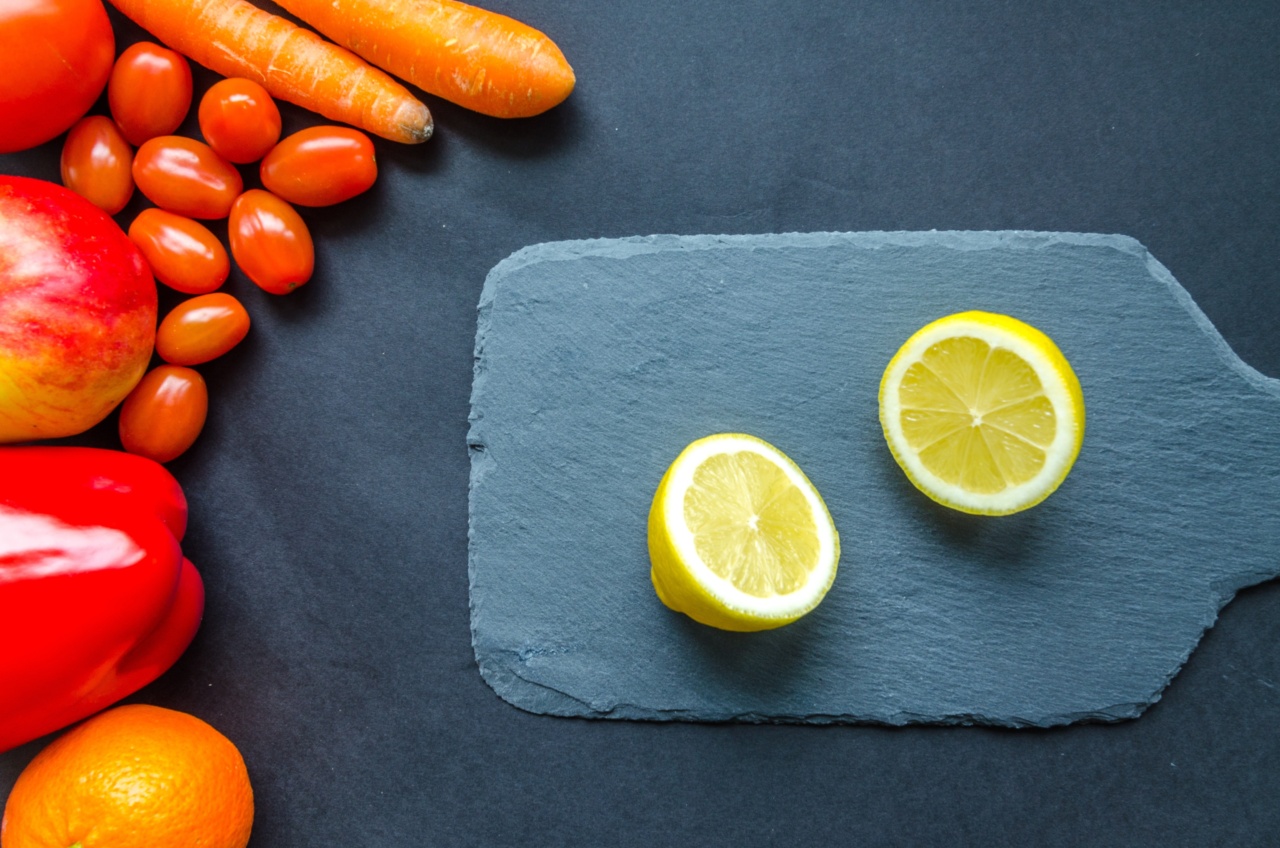Cellulite is a condition that affects more than 80% of women at some point in their lives. It is characterized by the dimpling and puckering of skin, usually on the thighs, buttocks, and hips.
Although genetics and hormonal changes play a role in the development of cellulite, studies also suggest that diet is a significant contributing factor. This article will explore the top culprits in the diet that can exacerbate cellulite formation.
Sugar and Processed Foods
Sugar and processed foods are major culprits in cellulite formation. Processed foods are high in salt, sugar, and unhealthy fats, which can contribute to inflammation in the body.
Inflammation weakens the connective tissue beneath the skin, causing the fat cells to bulge and become more visible. Sugar, on the other hand, creates advanced glycation end products (AGEs) that damage collagen and elastin fibers that keep skin firm and smooth.
A diet that is high in sugar and processed foods can cause the skin to lose its elasticity and become more prone to cellulite formation.
Saturated Fats
Saturated fats are commonly found in red meat, cheese, and butter. These fats are solid at room temperature and can clog arteries and cause inflammation in the body.
When the connective tissue beneath the skin is inflamed, it becomes weaker and more prone to cellulite formation. Diets that are high in saturated fats can increase the appearance of cellulite by weakening the connective tissue beneath the skin.
Salt
Excessive salt intake can contribute to the formation of cellulite by causing fluid retention in the body. When the body retains fluids, it can cause the fat cells to become more visible and increase the appearance of cellulite.
High-sodium diets can also lead to inflammation in the body, which weakens the connective tissue beneath the skin and makes it more prone to cellulite formation.
Caffeine
Caffeine is found in coffee, tea, and soda, among other beverages. It is a stimulant that can also constrict blood vessels and reduce blood flow to the skin.
When the skin is deprived of oxygen and nutrients, it becomes weaker and more likely to develop cellulite. Diets that are high in caffeine can exacerbate cellulite formation by weakening the connective tissue beneath the skin.
Alcohol
Alcohol consumption can contribute to the formation of cellulite by increasing the production of estrogen in the body. Estrogen is a hormone that can weaken the connective tissue beneath the skin, making it more prone to cellulite formation.
Additionally, alcohol can dehydrate the body, leading to fluid retention, which can contribute to the appearance of cellulite.
Low-Fiber Diets
Fiber is an essential nutrient that helps to keep the digestive system healthy. Diets that are low in fiber can lead to constipation and digestive issues, which can contribute to the formation of cellulite.
When waste products are not eliminated efficiently, they can build up in the body and contribute to inflammation, which weakens the connective tissue beneath the skin. A diet that is high in fiber can help to keep the skin healthy and reduce the appearance of cellulite.
Low-Water Intake
Water is essential for keeping the body hydrated and eliminating waste products from the body. When the body is dehydrated, it can lead to fluid retention and the appearance of cellulite.
In addition, dehydration can weaken the connective tissue beneath the skin, making it more prone to cellulite formation. A diet that is high in water-rich foods, such as fruits and vegetables, can help to keep the skin hydrated and reduce the appearance of cellulite.
Processed Meats
Processed meats, such as sausages, bacon, and deli meats, are high in saturated fats, salt, and preservatives. These foods can contribute to inflammation in the body, which weakens the connective tissue beneath the skin.
Additionally, processed meats often contain nitrates, which can damage the skin and make it more prone to cellulite formation. Reducing the consumption of processed meats can help to reduce the appearance of cellulite.
Fruit Juices and Sweetened Beverages
Fruit juices and sweetened beverages are often high in sugar and can contribute to the formation of cellulite.
Like sugar, they create advanced glycation end products (AGEs) that can damage collagen and elastin fibers, weakening the connective tissue beneath the skin. Additionally, these beverages can increase fluid retention in the body, making the fat cells more visible and increasing the appearance of cellulite.
High-Calorie Diets
High-calorie diets can contribute to the formation of cellulite by causing weight gain. When the body stores excess fat, it can put pressure on the connective tissue beneath the skin, causing it to weaken and become more prone to cellulite formation.
Additionally, high-calorie diets are often high in sugar, saturated fats, and processed foods, all of which can exacerbate cellulite formation.































